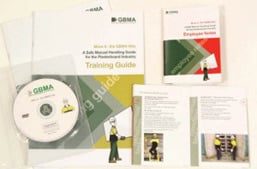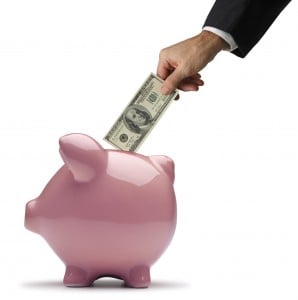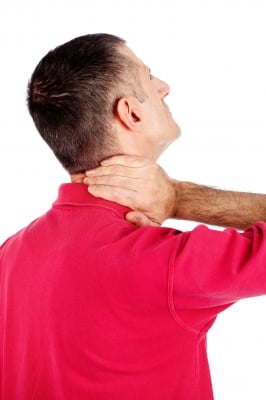
How to sell Safety Benefits to Senior Management
 When it comes to safety, no company wants to see staff hurt or property damaged.
When it comes to safety, no company wants to see staff hurt or property damaged.
Yet, the majority of senior management see spending money on safety as a "grudge buy" that results in little or no return on investment. In fact, the opposite is true.
This can be frustrating for safety professionals who know that they need more budget to improve safety, but have difficulties getting the board or senior management to approve a highly needed budget increase.
If this is the case in your company, then it's your duty as a safety professional or business professional to turn this viewpoint around. After all, your employees and their families are depending on you to keep their loved ones safe at your workplace.
What safety professionals must learn to do is to sell safety to senior management, in terms that they can understand. Rather than say you will save money on insurance and accident costs, the best method is to explain to management how you can actually increase profits.
Imagine what the Chief Financial Officer (CFO) would say at your company if he or she was told that you could improve annual profit by more than 10% by improving loss prevention efforts? What do you think they will say? Excusing the expletives, they will want to know how you can do this. You're now talking in a language they can understand.
Doing the Math
According to the Cost of Risk Survey
, the cost of risk is defined as:- Net insurance premiums, commissions and fees,
- Non-reimbursed losses (self-insured, self retained),
- Risk control and loss prevention expenses, and
- Administrative costs
Over the years, cost of risk has averaged around 0.50% of gross revenues. This cost of risk is the same in Australia and the United States (and pretty much around the world for that matter).
Cost of Risk Example
Let's play around with the model described in the book Values-Driven Safety by Donald J Eckenfelder.
Using the example of a company with $1 billion in sales, with an average cost of risk of 0.5%, they would need to pay $5 million in insurance/accident costs each year.
But for companies that are performing poorly on safety, the cost of risk might be at least double, meaning that the insurance will double (1% = $10 million).
However, you're best to use conservative figures when talking to senior management. Conservatively, companies that perform well on safety have a risk factor of 0.25% or $2.5 million, while poorly performing companies have a risk of 0.75% or $7.5 million (or higher).

But this excludes all the hidden costs such as low employee morale (from staff being injured, seeing their friends being injured or killed) and poor productivity (from equipment breakdowns, work not being delivered on time) and poor company reputation (due to customers receiving deliveries late, suppliers having their supply stopped due to equipment breakdown, product recalls and staff telling bad stories).
Now that we've worked out the cost of safety, let's take a look at company profits.
Company Profits - The Language of Business
On average, Australian and US companies make around 5-15% profit (again, very conservative).
So based on our $1 billion company, making a conservative 5% in profit each year, this is equal to $50 million which they then use to distribute to shareholders, buy back shares or re-invest into the company.
Given that the average tax rate is 35% company tax, the company would have $32.5 million profit after tax to re-distribute.
Using conservative figures, average company profits are impacted between 5-10% based on whether they are poor or good at safety. If a company that is poor at safety becomes good at safety their cost of risk would reduce from $7.5 million down to $2.5 million.
This means that $5 million would add an extra 10% to the company's pre-tax profits.
In other words, loss prevention is an easy way to enhance profits. The other option would be to sell more or to purchase another company, but this is a lot more work.
With this example in mind, you can now use your own company figures to provide this information to you CFO. Remember, only use conservative figures and include a plan as to how you can improve safety (with the associated costs). By working out, how much you believe you can reduce your safety risk costs, you can then work out how much extra profit can be channeled back to the company. This is the figure to use with the CFO (rather than the amount of expenses you can save).

